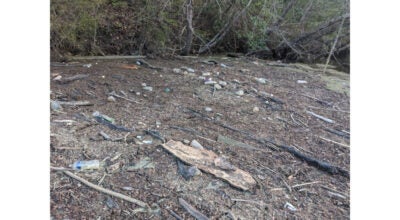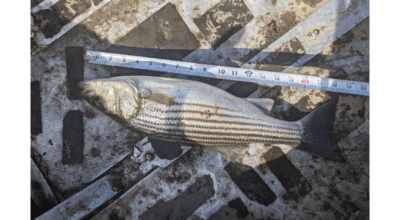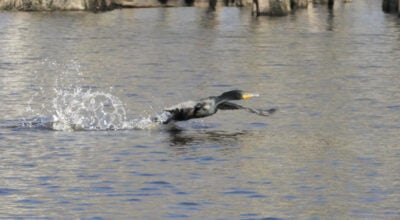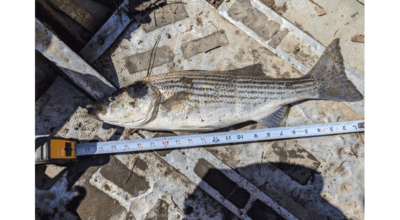The incredible pollination of milkweed flowers
Published 3:21 pm Wednesday, July 7, 2021
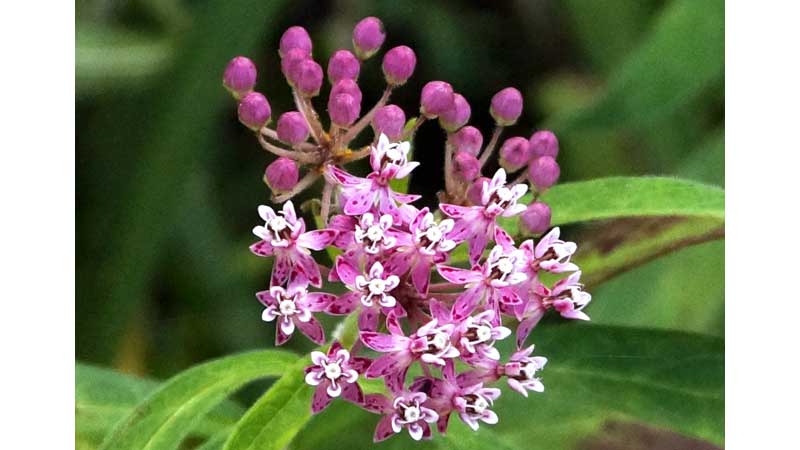
- The individual flowers, rather than having pollen that adheres to the bodies of visiting insects, have pollen that actually has to be transferred as a packet to the next blossom. (Photo submitted by John Bunch)
|
Getting your Trinity Audio player ready...
|
By John Bunch
There are more than 100 species of milkweed plants found in North America, and all have the same basic design in their flower structure. Upon learning how those flowers become pollinated, it’s amazing that fertilization occurs at all.
The individual flowers, rather than having pollen that adheres to the bodies of visiting insects, have pollen that actually has to be transferred as a packet to the next blossom. Each flower contains slits that house two-sided structures called pollinarium, each having a packet of pollen on each of its two sides. If you have ever seen a double set of maple seeds before they fall off the tree, the pollinarium looks a lot like that. As is the shape of those maple seeds, this structure is flat with the two sides connected at the top.
When a visiting insect, such as a large butterfly, lands on the flower to feed on the nectar, one of its legs may stick down through one of those slits. As the butterfly pulls its leg out to fly off to visit another flower, that pollinarium hooks onto it and rides along. When that insect lands on the next flower, that is, if the insect lands just right, its leg carrying the pollinarium will insert into that flower. As tricky as this seems, it’s actually even more complicated. Remember that the two sides of the pollinarium are flat like the maple seeds? As it turns out, that shape will not fit into the next flower. This is because the milkweeds have evolved to insure that they reduce the chances of self-pollination. When a pollinarium is initially removed, it begins a transformation that takes a few minutes to complete. Those two sides independently slowly pivot 90 degrees. Once this pivoting action is complete, it is at this point that the little mechanism will now fit into the next flower, thereby making pollination successful. Think of a key fitting into a lock. In the few minutes that it takes for this swivel to occur, it’s very likely that the insect will have moved on to another milkweed flower, helping to ensure cross-pollination.
One additional point to note, an insect of the right size has to perform the pollination. If a small butterfly or bee visits and is not strong enough to remove its leg from that aforementioned slit, it can become trapped and end up being food for a predatory insect or spider, both inhabitants of the milkweed community.


